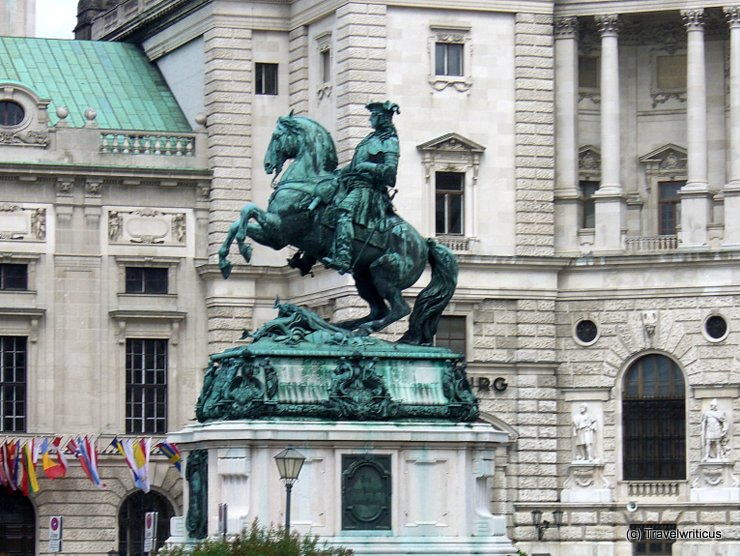
Anton Dominik Fernkorn created the monument to Prince Eugene of Savoy, located in the centre of Vienna. The military commander, generally known as Prinz Eugen, is also famous for building one of the city’s most important palaces, Schloss Belvedere.
Browse through your travel destination!

Anton Dominik Fernkorn created the monument to Prince Eugene of Savoy, located in the centre of Vienna. The military commander, generally known as Prinz Eugen, is also famous for building one of the city’s most important palaces, Schloss Belvedere.
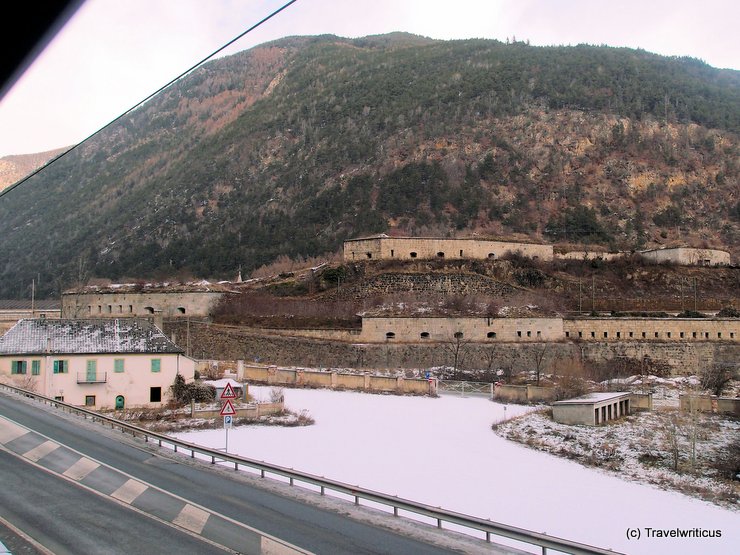
During a train journey from the Brenner Pass to Bolzano, passengers pass the former Austrian fort Franzensfeste (Forte di Fortezza). Its name originates from the Austrian Emperor Franz I. The fortress saw its completion in the first half of the 19th century.
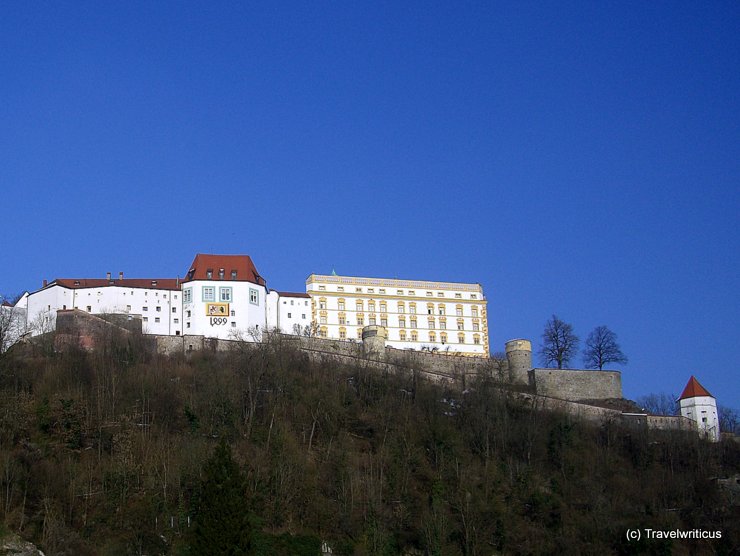
Visitors experience this view of Oberhaus Fortress (Veste Oberhaus) from the main square in Passau. The fortress itself offers an even more intriguing view: You see the three rivers of Passau in their different colours: Danube (Blue), Inn (Green) and Ilz (Black).
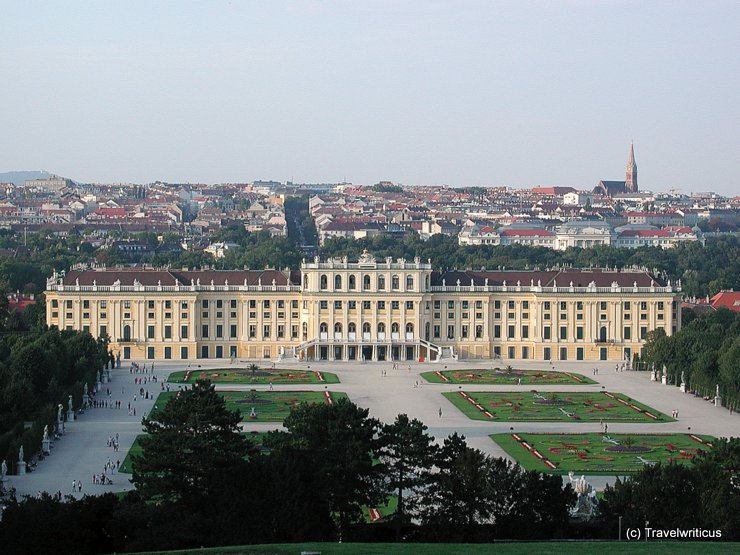
You get this sight of Schönbrunn Palace (Schloss Schönbrunn) from the nearby Gloriette. Inside, audio guide tours let you get in touch with the state apartments of the Imperial family. So you will see the office where Emperor Franz Joseph I used to work.
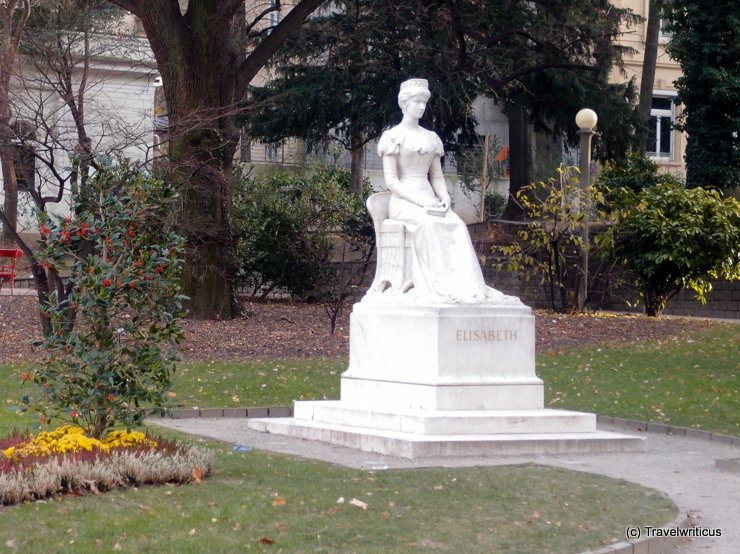
Empress Elisabeth “Sisi” of Austria stayed in Merano for several times. A monument to her still reminds us of her visits. If you want to learn more about her, you can find additional info at Trauttmansdorff Castle on the outskirts of Merano.
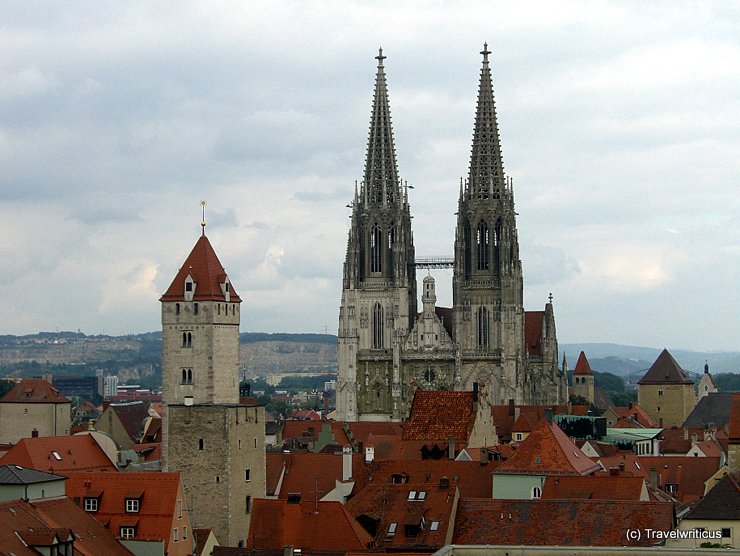
This is a view of the Bavarian city of Regensburg taken from the steeple of the Holy Trinity Church (Dreieinigkeitskirche). Regensburg is known for several family towers (Geschlechtertürme), similar to those in San Gimignano, Italy.
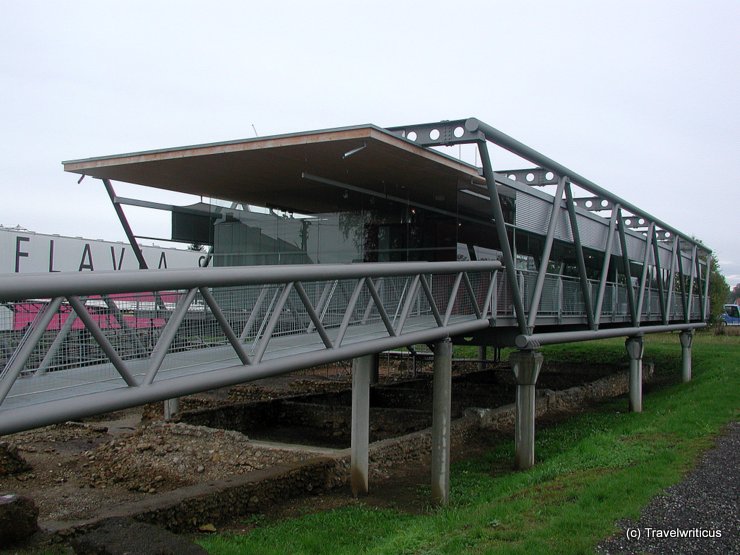
The Roman Museum of Wagna is located right above the remains of the former Roman settlement Flavia Solva. Thus, you can simultaneously look at the ancient walls below your feet and some Roman pieces that have been found there.
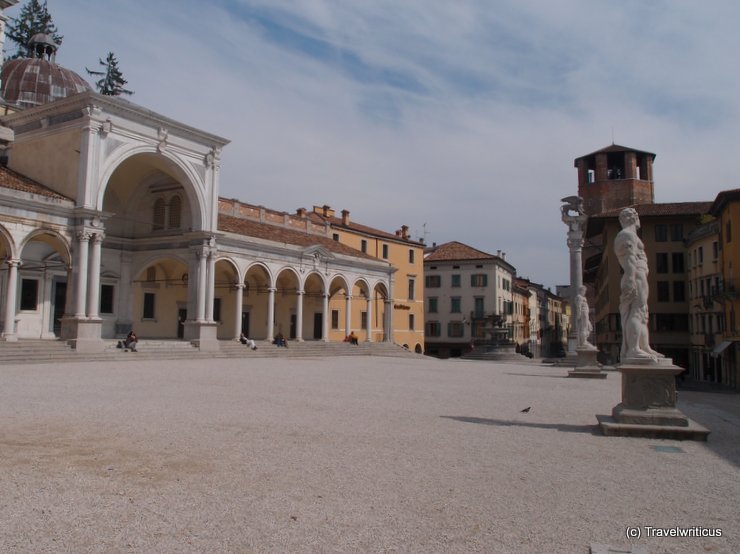
Right below Udine Castle, you find the Piazza Libertà. The Loggia del Lionello and the Loggia di San Giovanni frame the oldest square of Udine. Its main attraction is the Torre dell’Orologio, a clock tower resembling that one on the Piazza San Marco in Venice.
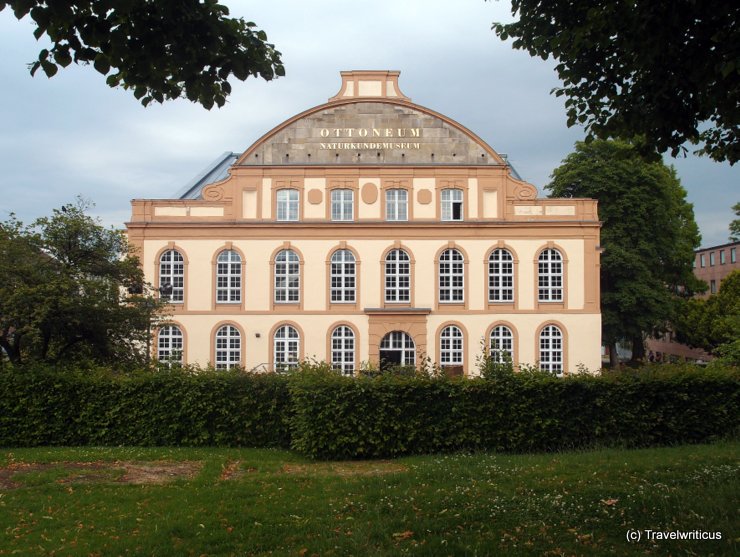
A museum with intriguing architecture forms the Museum of Natural History known as Ottoneum. Inside, it offers goodies like a Xylotheque and the Ratzenberger Herbarium. Another attraction is the Goethe Elephant Skeleton.
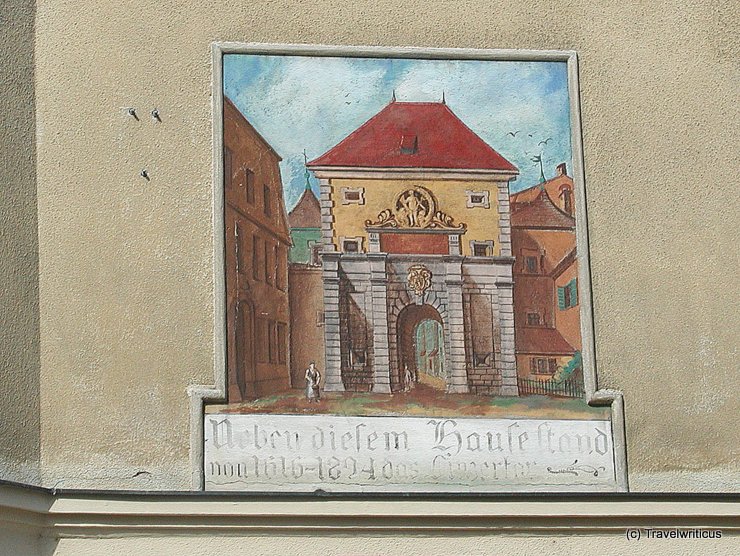
The Linzergasse is, after the Getreidegasse, the second most famous shopping street in Salzburg. In the past, several gates secured this access lane. Today, the Linzertor Mural reminds pedestrians of one of these gates named Linzertor.

This steam locomotive NkNb 1-3 dates back to 1882. You find it on the grounds of the Transport Museum of Budapest. First, the locomotive served on the Nagykikinda–Nagybecskerek railroad. Later, it ran as an industrial locomotive in Budapest.
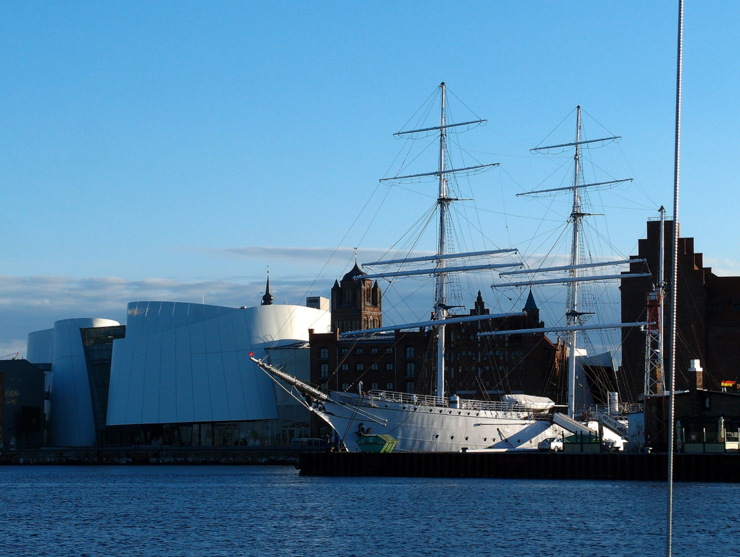
The Gorch Fock I dates back to 1933. Before WWII, it served as a school ship for the German Reichsmarine. Today, it is a museum ship in Stralsund. Its name refers to the author Johann Wilhelm Kinau, who used the pseudonym Gorch Fock for his works.